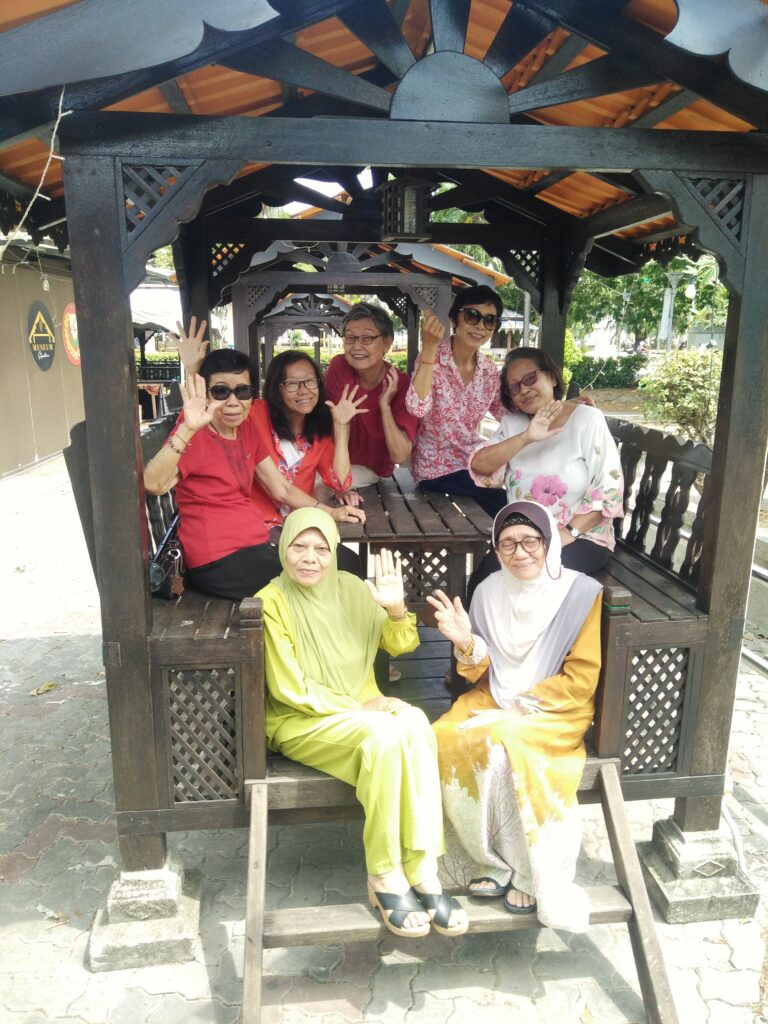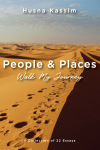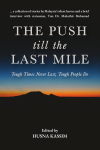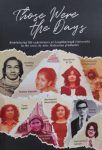In the month of February 2024, I took a train up north, just to pick up ten packs of comfort food. It seemed a trivial effort and a waste of time, having to travel 440 kilometers just to pick up a pastry that cost RM80, while travelling on a train ticket that cost RM300.
But I did it for the love of the taste and the flavor of the filling in the pastry. Taste and flavor are biologically wired to form strong memories. The ‘karipap’ triggered childhood memories of days spent with my sister in law cooking the filling for the pastry using fennel and black pepper besides the usual potatoes. Of course I had nothing better to do that February. Or so I thought, until I reached Alor Setar itself. What I thought to be trivial suddenly became an unforgettable nostalgia after meeting up with some friends in a nice cafe.
Alor Setar, a fascinating town in the state of Kedah, a PAS ‘country’, not the Party of Action and Solidarity (as per Moldovan version) but Parti Angkatan Se-Islam of Malaysia, was where I grew up. Kedah has many credits to its name. If you drive along any roads to anywhere, you will be greeted by vast, golden yellow padi fields stretching as far as the eyes could see (Figure 1). With the help of the Wan Mat Saman irrigation canal, Kedah became the biggest rice producer, earning the title, the rice bowl of Malaysia.
Right in the middle of Alor Setar itself is the fourth most beautiful mosque in the world, after Masjid Nabawi in Saudi Arabia. The mosque is Masjid Zahir, built in 1912 (Figure 2).Alor Setar is also the birthplace of two prime ministers of Malaysia, Tunku Abdul Rahman, the founding father of the nation and Dr Mahathir Mohamad, the longest serving Prime Minister of 24 years. Figure 3 shows the birth home of Tun Dr Mahathir at No 18, Lorong Kilang Ais Sekolah Kebangsaan Jalan Pegawai, Alor Setar.
But being back in Alor Setar stirred long-forgotten feelings, a longing for days past, when time had no meaning and not a care in the world then. Playing in the swamp behind the kampong house in Lorong Kilang Papan; catching little fishes swimming in the swamp, quite oblivious of any hissing snakes around; flying kites in the football field; playing from dusk till dawn. Back then, life was a total bliss.
Walking down Jalan Tunku Ibrahim once again, brought back memories…..Pekan Rabu, the bridge, the old bus station, now completely overtaken by fancy retailers. Then there was that train station on Jalan Kolam Air.
On the morning I arrived at the train station from Kuala Lumpur, I was greeted by a touch of humanity. It has been awhile since I was ever approached for help by total strangers. People move fast in Kuala Lumpur. Here in Alor Setar, the pace is slower. While waiting for my taxi at the train station, an old woman, 95 years old I was later told, approached me to ask for help. The old woman needed help to step down the pavement to her transport. Six inches step-down would have been effortless for a younger person. But not for the aged; she was very fragile and was afraid of a possible misstep and a fall. She was hardly 4 foot tall, so thin the wind could have blown her off, and with her mask on, it was difficult for me to see her full face. I held her fragile arm, careful not to exert too strong a grip less I break it. While hanging on to me, the old lady carefully took her step down and walked the pavement towards the car. As the son drove off, multiple hand waves left me feeling warm inside. I helped someone that day.
Meeting people makes all the experience especially memorable. The reason I wanted to write about my visit to Alor Setar that day in February, was to remember my friends. Before I left Alor Setar I had a wonderful lunch with a few old friends from a secondary school, St Nicholas Convent, at a café called Café Diem. Cafe Diem had an interesting Chinese celebration dining room upstairs, with walls covered in paintings and images of its clientele. It used to be, at one time, the haunt of two Prime Ministers (Figure 4).
While having lunch, I could not help but remember friendships that went as far back as 55 years ago (Figure 5). Helping that old lady down the 6-inches of step made me realize she came from a generation when bias was almost non-existent. At least I was unconscious of it. We did not differentiate by race or beliefs. My friends and I cycled together to visit friends to celebrate Hari Raya or Chinese New Year almost every year. Whatever happened to those days……what changed?
“There are friends, there is family; and then there are friends that become family”. (16th February 2024)
Figure 1: Padi fields, miles and miles of it
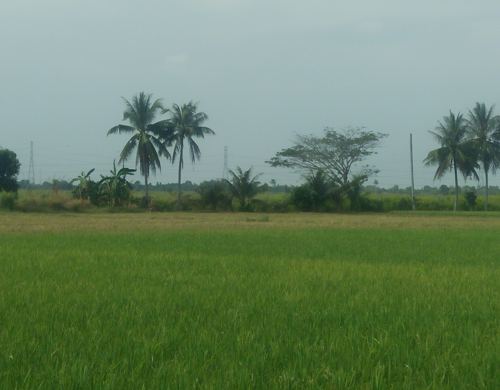
Figure 2: Masjid Zahir, 4th most beautiful mosque after Masjid Nabawi
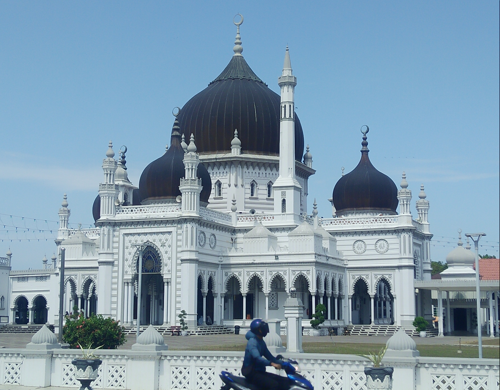
Figure 3: Inside Tun Mahathir’s birth home in Alor Setar
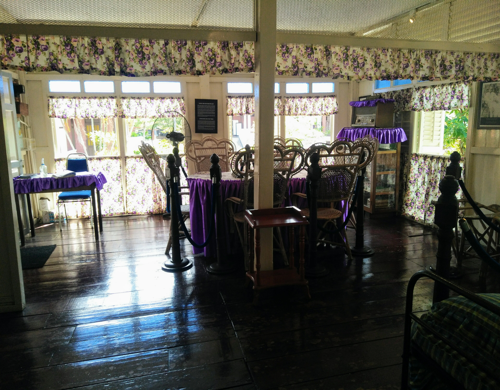
Figure 4: Cafe Diem, Alor Setar
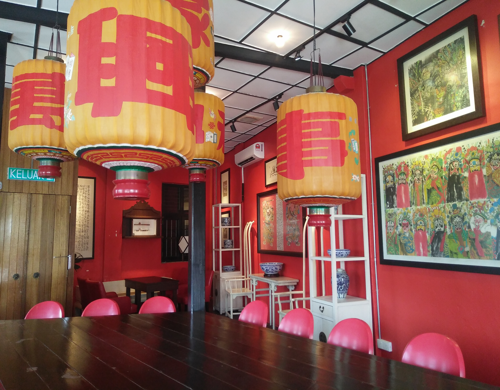
Figure 5: Childhood friends at the museum- (Back)Hamidah, Lean Looi, Suat Hwa, Poe Su, Miew Siew, (fore-ground) Za Nuzwir.
